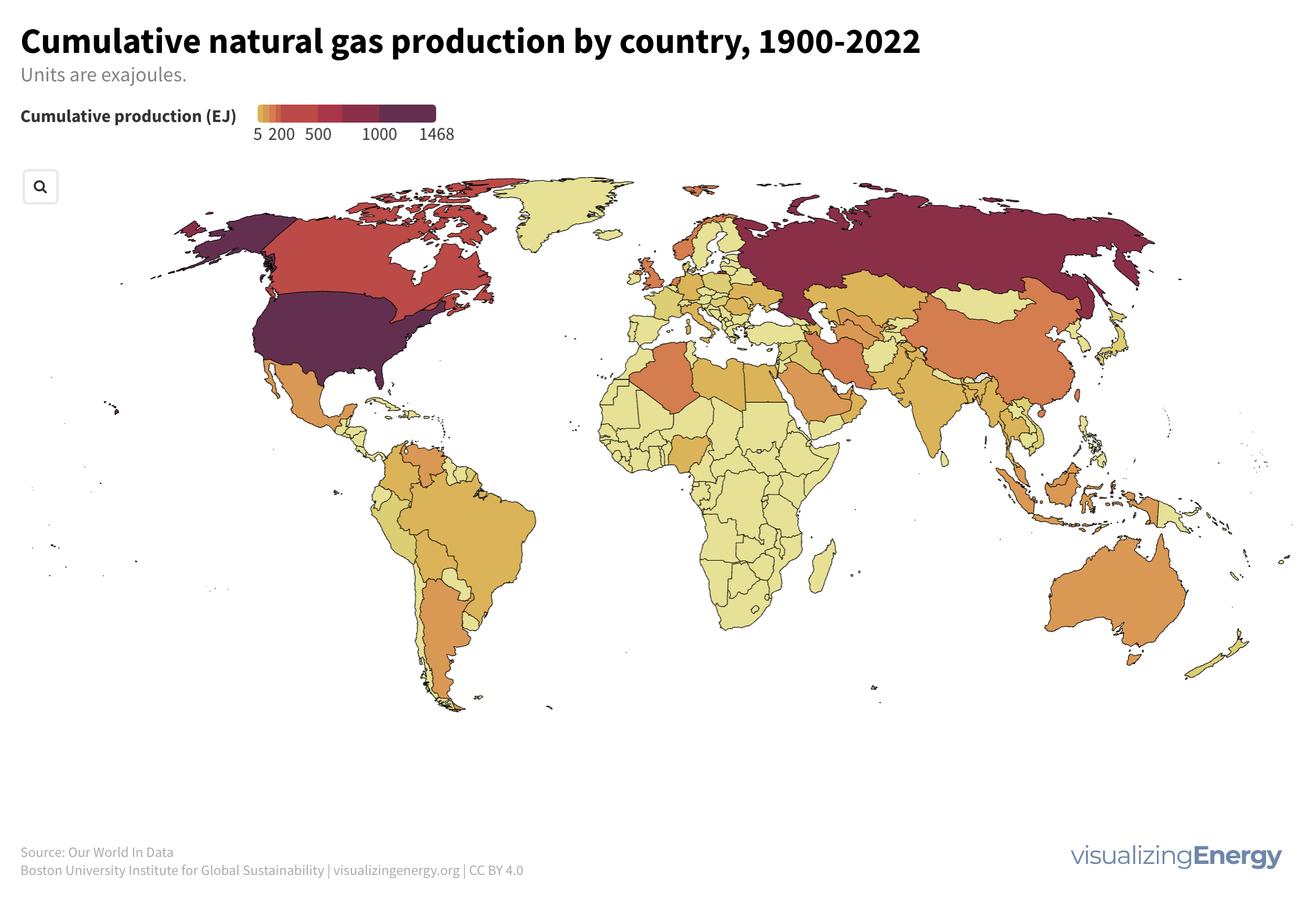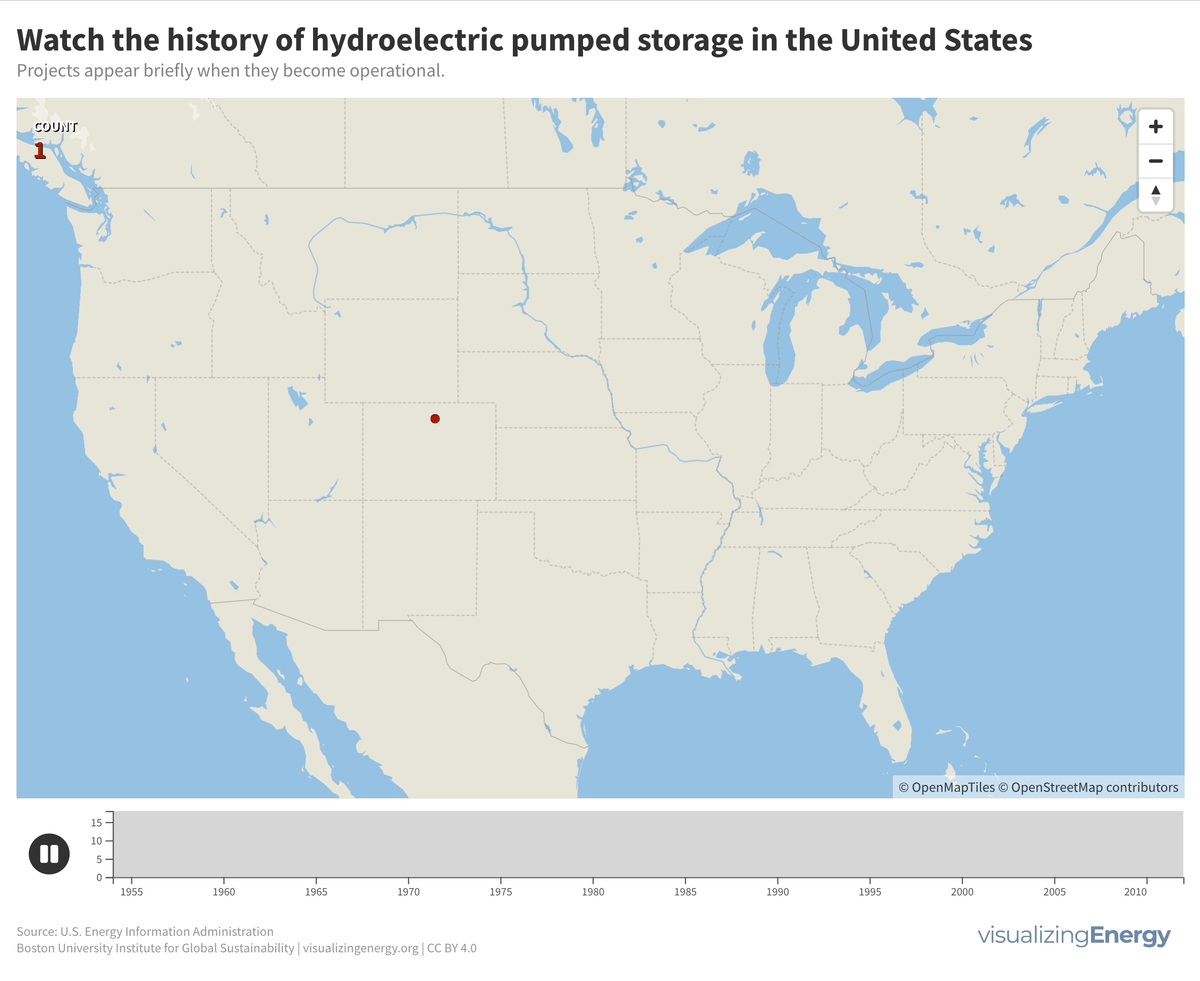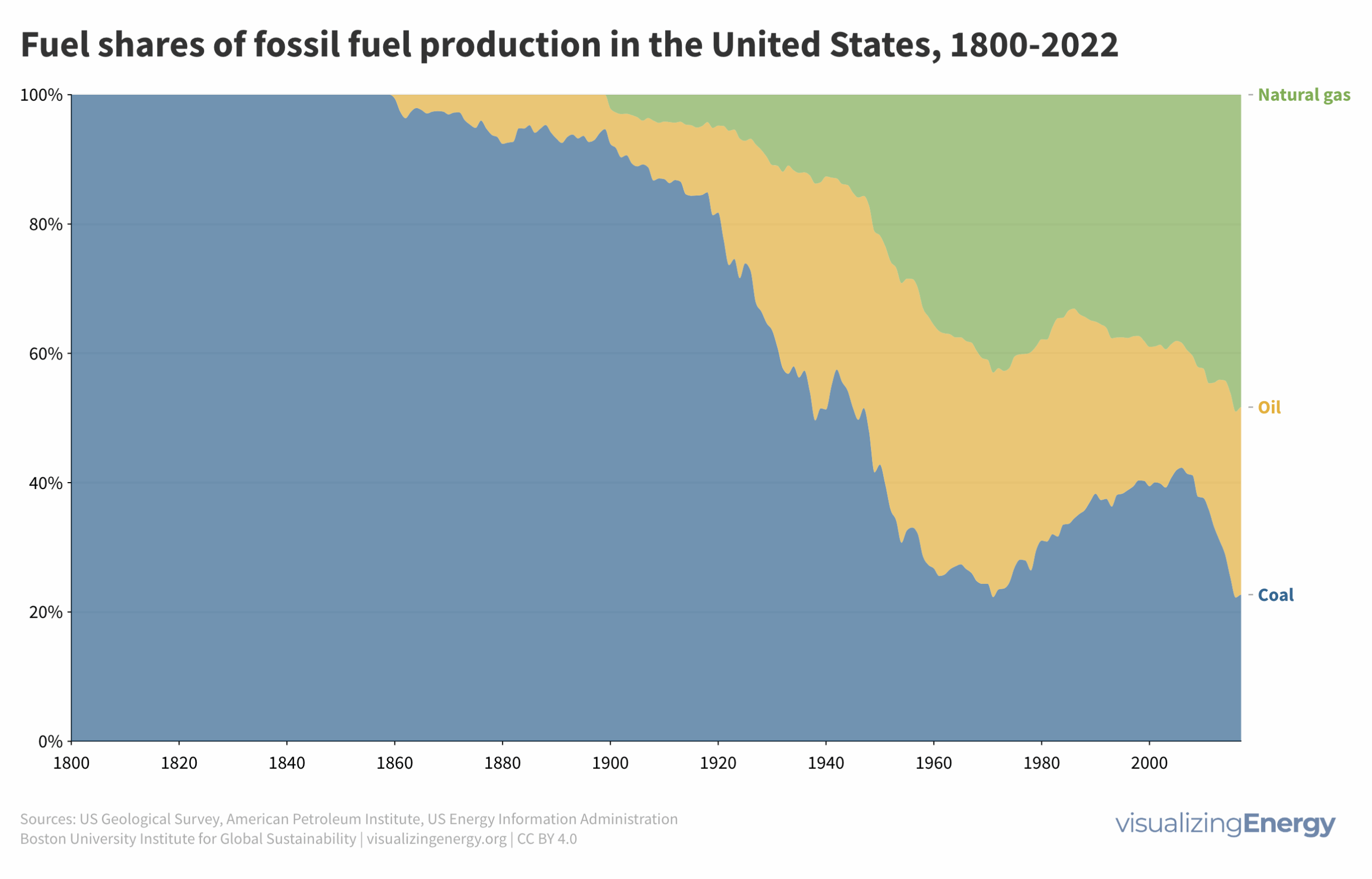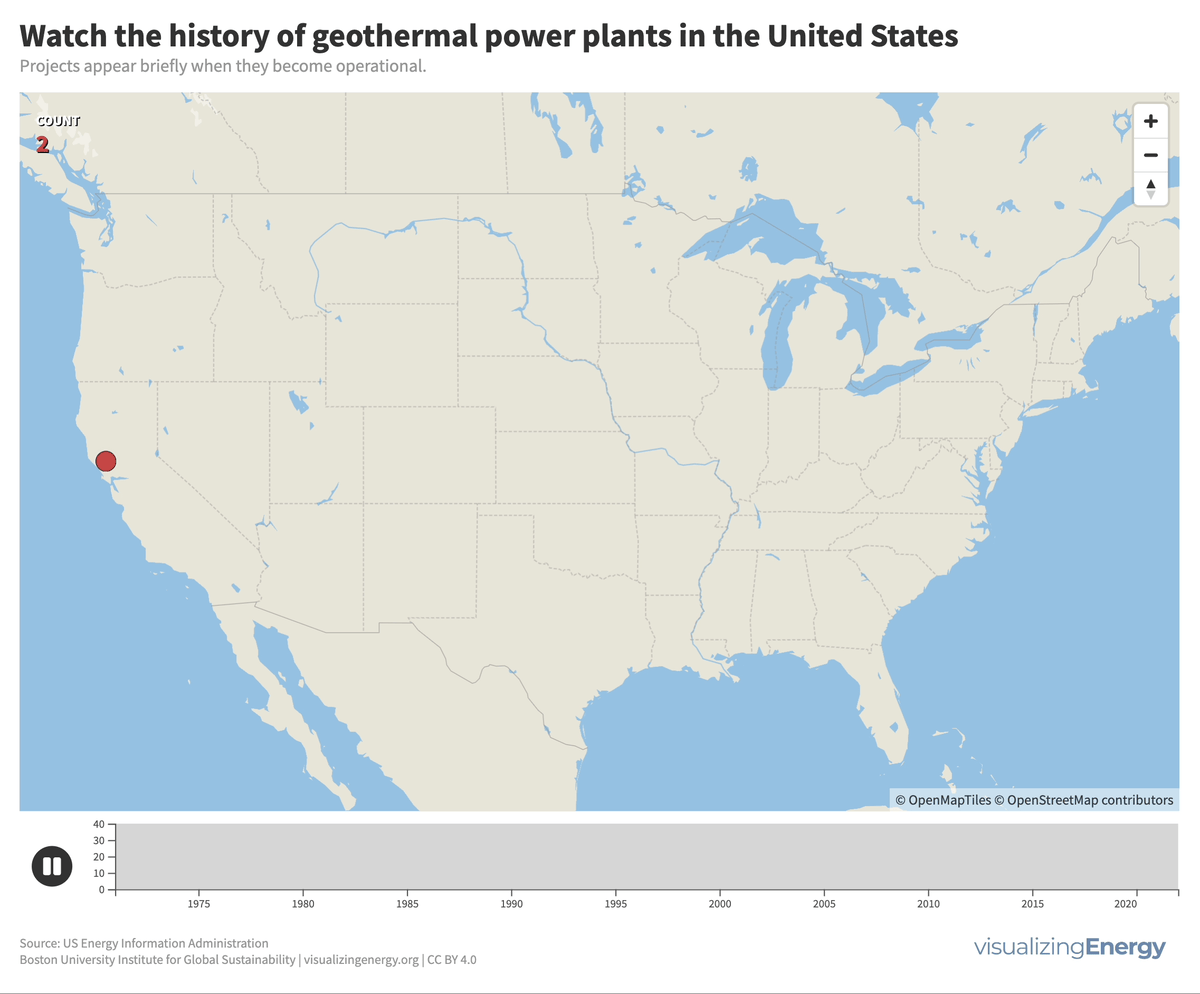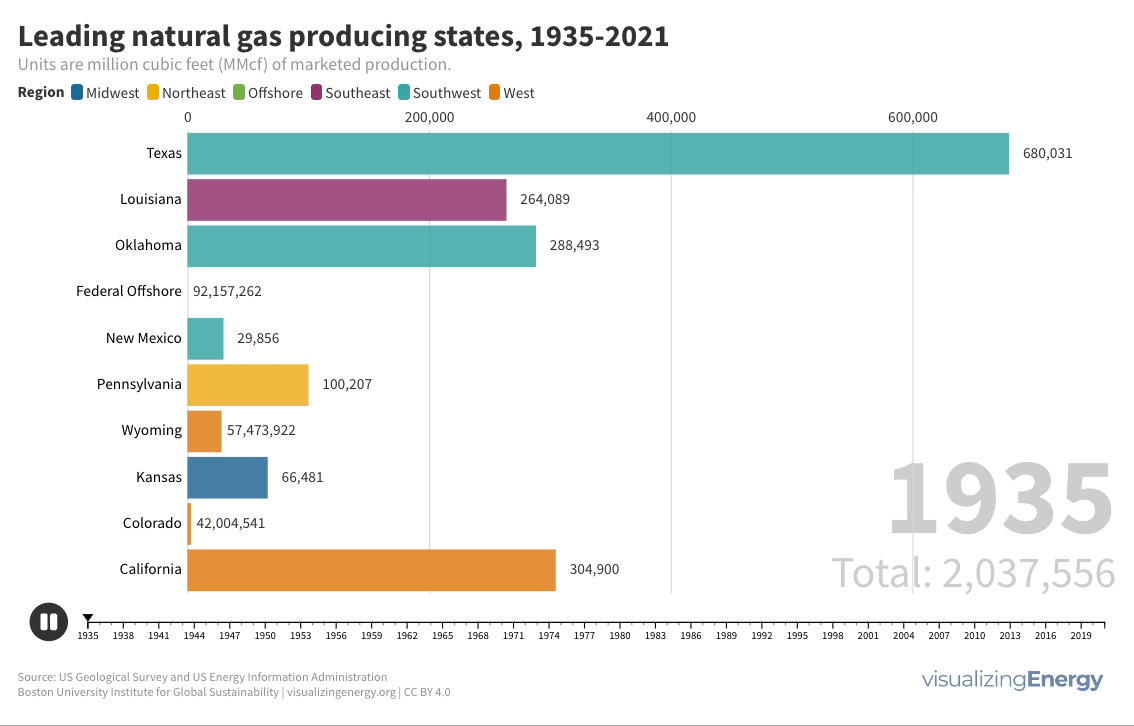
The history of natural gas production in the United States
Approximately 4934 trillion cubic feet of gas have been produced globally since 1900, with the United States contributing around 30%. Texas and Louisiana account for over half of US natural gas production. The introduction of fracking led to a significant increase in production, making the US a major exporter.


